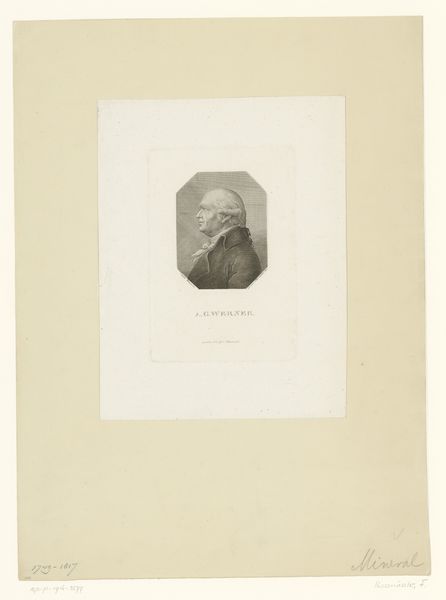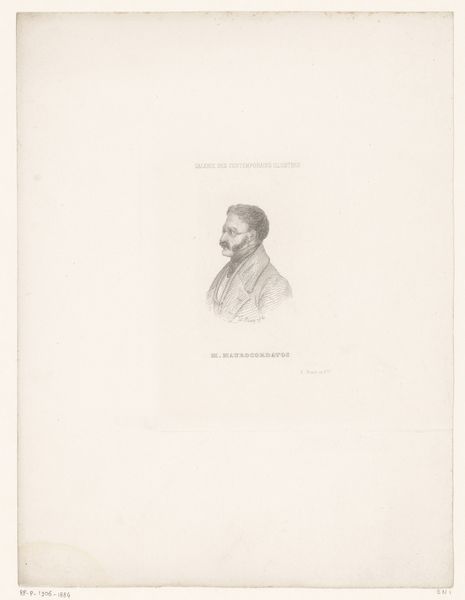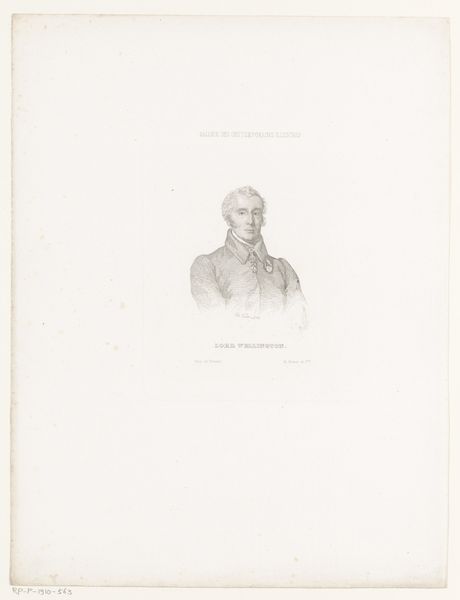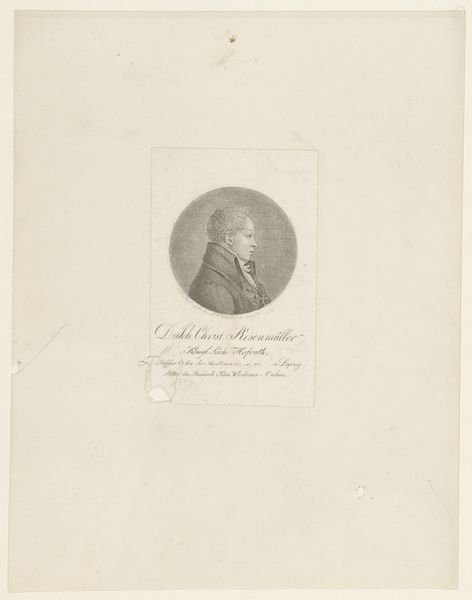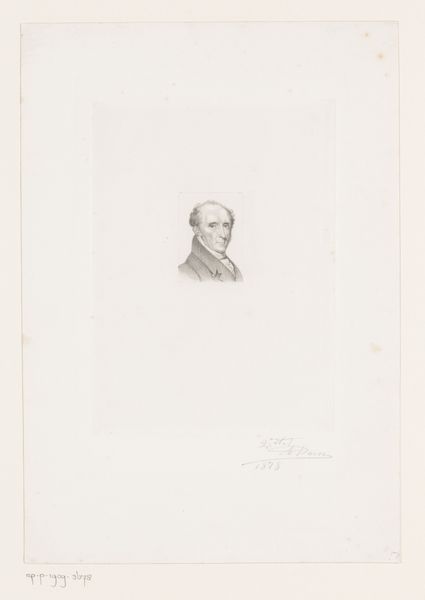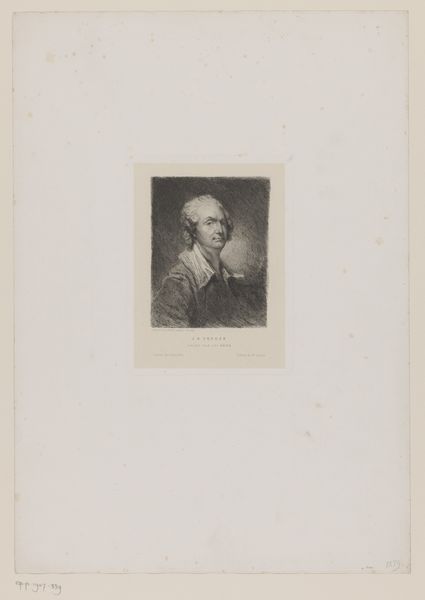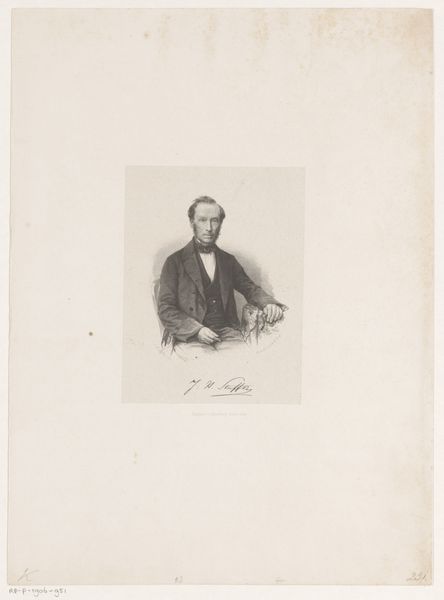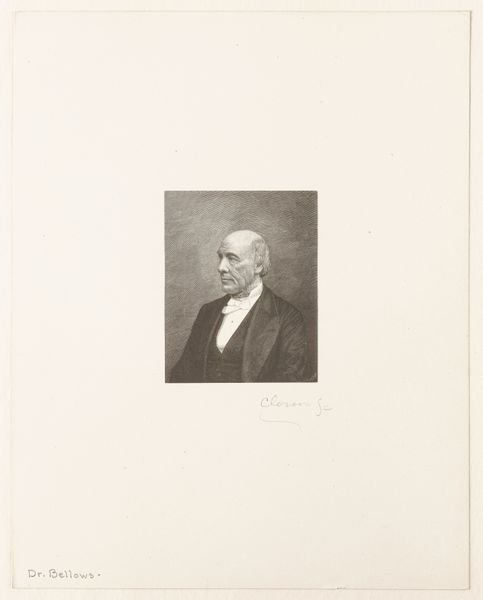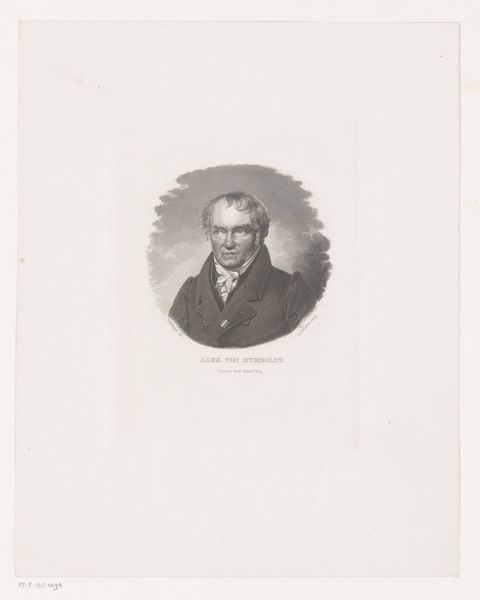
print, etching
#
portrait
# print
#
etching
#
realism
Dimensions: height 193 mm, width 135 mm, height 337 mm, width 252 mm
Copyright: Rijks Museum: Open Domain
Editor: Here we have "Portret van Amalia Wilhelmina Sieveking," an 1860 etching. The woman depicted has such a determined gaze. How do you interpret this work? Curator: This portrait offers a glimpse into the world of 19th-century women and their roles in society, particularly in Northern Europe. Sieveking was a notable figure; given the date of this etching, done after her death, it makes me wonder about how the artist sought to frame her legacy. What elements strike you as particularly evocative? Editor: Perhaps her clothing? It looks very somber, not ornamented at all. Curator: Precisely. Sieveking was a social reformer, devoted to poverty relief. This subdued presentation then, seems deliberate. It rejects opulent displays of wealth, suggesting instead her commitment to a more austere, service-oriented life. How might this image then, be contributing to a broader narrative around female philanthropy and social change during this era? Editor: I guess it presents her as serious and committed, the kind of woman who would dedicate her life to helping others rather than focusing on superficial things. Was this image created to promote that view of her, or perhaps even to inspire others? Curator: That is very insightful! Consider who would have commissioned this work and the audience they hoped to reach. Images like this can act as both commemoration and call to action, inviting others to follow her example. These printed portraits circulated widely and were very important in establishing legacies and perpetuating reform movements. Editor: It's amazing how much can be read from a simple portrait! It definitely changes how I see these types of images. Curator: Absolutely. Engaging with the historical context allows us to unpack so much. It is important to remember that visual representations play an active role in shaping how we perceive historical figures.
Comments
No comments
Be the first to comment and join the conversation on the ultimate creative platform.
